| This is my camera, built into
a 10x5x3" electronic chassis box. I used a matched pair of 65mm f8 Schneider
Super Angulon lenses with focusing mounts. To advance the film, I cannibalized
a view camera roll film holder for the winding mechanism. For previewing
in 3D, I mounted a pair of optical viewfinders designed for 28mm wide-angle
lenses on a 35mm rangefinder camera (approximately the same angle of coverage
as my 65mm lenses). Simultaneous exposures of the left and right images
were achieved with a dual cable release. |
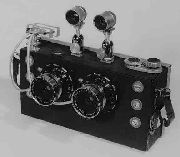
|
| An inside view of the camera
shows the film plane. |
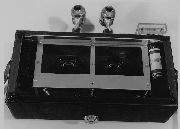
|
| My viewer is a modified Wheatstone
design, incorporating mirrors at 45 degrees to accommodate the large transparencies,
which are mounted in "ideal format" Perrot-Color glass/metal mounts. The
large diameter viewing lenses allow any person to view comfortably, without
the need for an interpupillary adjustment. Focus is fixed and set for distance
corrected vision. Eyeglass wearers can view the entire field comfortably. |

|
| Inside the viewer can be seen
the front surface mirrors and small incandescent lamps. |
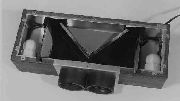
|
| The dual projector employs
polarizing filters with crossed axes for image selection (independent presentation
of the left and right images). An aluminized Kodak Ektalite screen is used
to achieve high brightness while preserving polarization. |
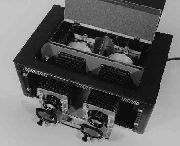
|
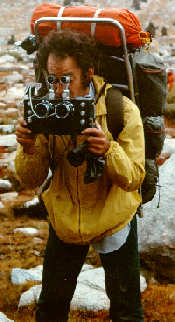

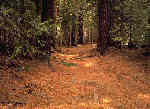
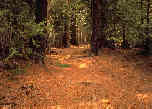
 3D Web - providing links to many 3D
sites
3D Web - providing links to many 3D
sites
 3D Stuff - another excellent
3D site
3D Stuff - another excellent
3D site
 return
to DANIEL GREENHOUSE
return
to DANIEL GREENHOUSE
 return
to THE GREAT GREENHOUSE WEB
SITE
return
to THE GREAT GREENHOUSE WEB
SITE